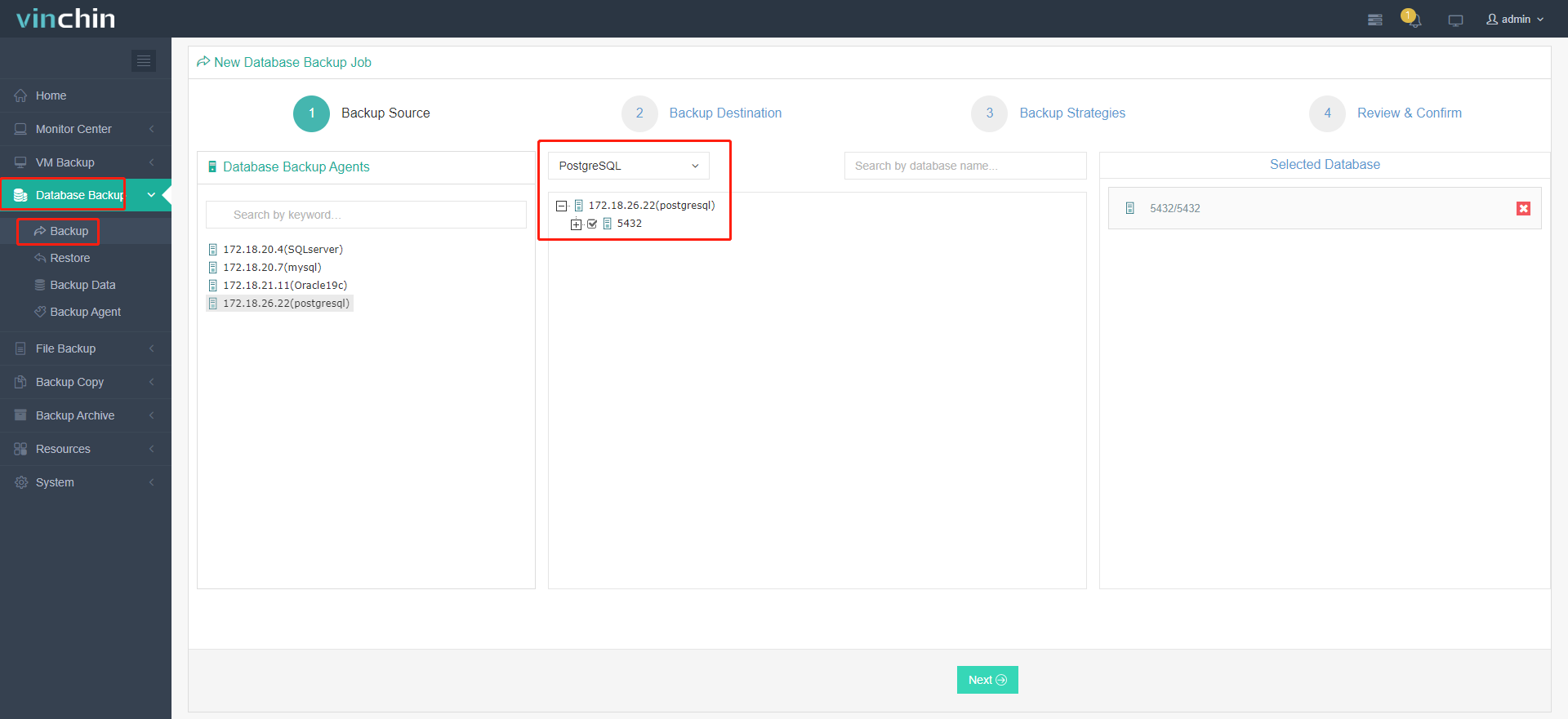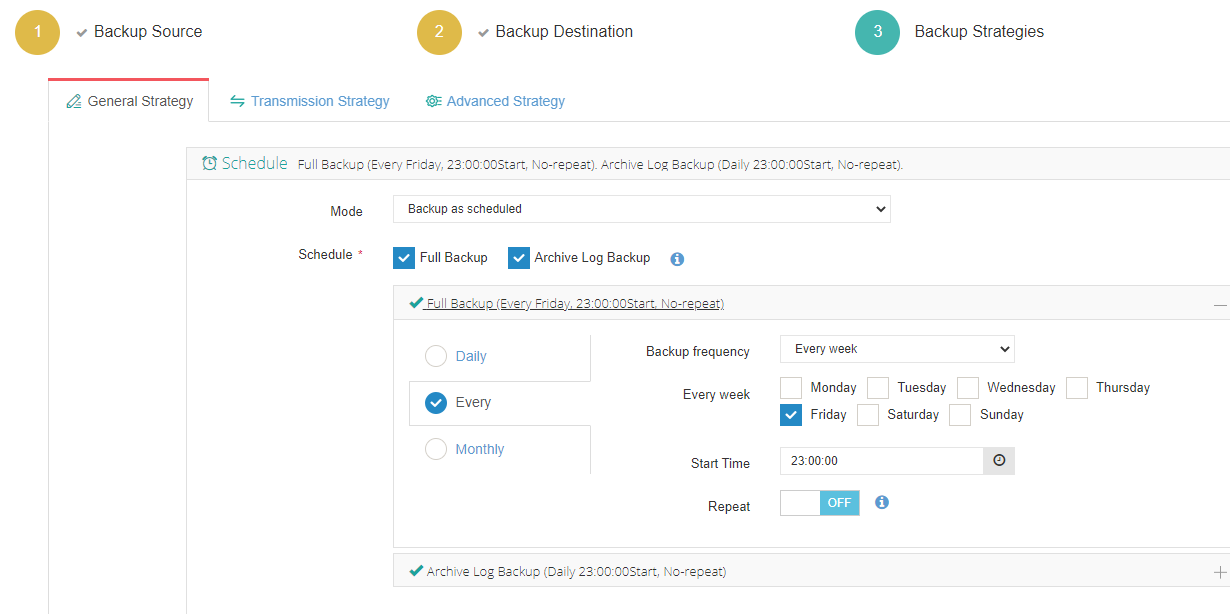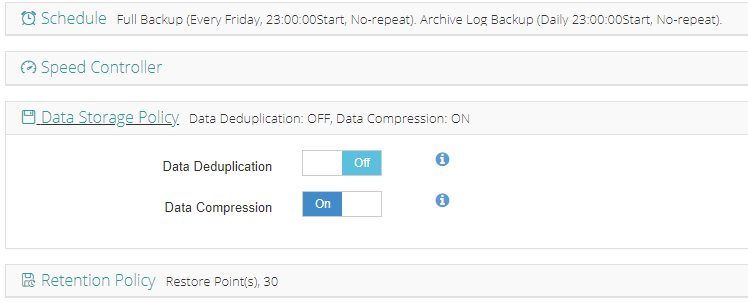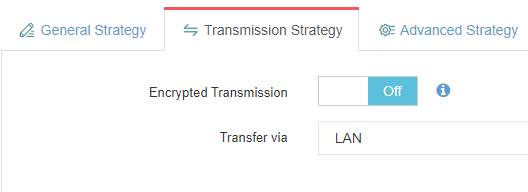-
What Is PostgreSQL Login?
-
Method 1. Logging Into PostgreSQL With psql
-
Method 2. Accessing PostgreSQL With pgAdmin
-
Why PostgreSQL Login Fails And Solutions?
-
Introducing Vinchin Backup & Recovery: Enterprise-Level Protection for Your PostgreSQL Data
-
PostgreSQL Login FAQs
-
Conclusion
Logging into PostgreSQL is a basic but essential task for any database administrator. Whether you manage a single server or a large cluster, knowing how to access your PostgreSQL database is the first step to effective management. In this article, we’ll walk through what PostgreSQL login means, how to log in using both command-line and graphical tools, common login problems, advanced troubleshooting tips, and how to protect your data with reliable backups.
What Is PostgreSQL Login?
PostgreSQL login is the process of authenticating a user so they can access a PostgreSQL database. Authentication ensures only authorized users can view or modify data. Each connection attempt checks credentials against rules set by the server’s configuration files.
Most administrators use either the command-line tool psql or the graphical interface pgAdmin to log in. The method you choose depends on your workflow and environment.
Exploring Common PostgreSQL Authentication Methods
Understanding authentication methods helps you secure your databases and troubleshoot issues faster. PostgreSQL supports several ways to verify users:
Password-based (md5/scram-sha-256): Users enter a password that gets checked against stored hashes.
Peer: On Unix systems, this matches the operating system username with a database role.
Trust: No password required; anyone matching criteria can connect—safe only for isolated test environments.
LDAP/Kerberos/SSPI: Used in enterprise setups for centralized authentication.
These rules are defined in pg_hba.conf, which controls who can connect from where and how they must authenticate. For example:
# TYPE DATABASE USER ADDRESS METHOD host all all 192.168.1.0/24 md5 local all postgres peer
Choose strong methods like scram-sha-256 or md5 for production systems; avoid trust except during initial setup or testing.
Method 1. Logging Into PostgreSQL With psql
The psql tool is the standard command-line client for PostgreSQL. It allows you to run SQL queries, manage databases, check server status, and perform administrative tasks efficiently.
If you’re on the same machine as your server—and have proper permissions—you often log in as the postgres user like this:
sudo -u postgres psql
This opens a prompt where you can run SQL commands or administrative tasks directly on your local instance. To exit at any time, type \q.
To log in as another user or connect to a specific database locally:
psql -U username -d databasename
You’ll be prompted for a password if required by your server’s settings.
For remote connections—when accessing from another machine—you need more details:
psql -h hostname -p port -U username -d databasename
For example:
psql -h db.example.com -p 5432 -U admin -d mydb
Want an explicit password prompt? Add -W:
psql -h db.example.com -U admin -d mydb -W
Or use a connection string:
psql postgresql://admin:password@db.example.com:5432/mydb
Be cautious when including passwords directly—they may be visible in process lists or shell history.
Method 2. Accessing PostgreSQL With pgAdmin
pgAdmin provides an intuitive graphical interface for managing databases across platforms like Windows, macOS, and Linux. It’s ideal if you prefer visual tools over command lines—or need features like dashboards and visual query builders.
After installing pgAdmin, launch it from your applications menu or desktop shortcut.
On first launch—or whenever adding new servers—click Add New Server from the dashboard menu bar.
In the General tab:
Enter any descriptive name (e.g., “Production DB”)
Switch to Connection tab:
Host name/address: Enter IP address or DNS name (e.g., localhost)
Port: Default is 5432 unless changed by your DBA team
Maintenance database: Usually “postgres” unless connecting elsewhere
Username: Your assigned role name
Password: Your secure password
For environments requiring encrypted connections (common in production), scroll down within Connection tab and enable SSL mode if needed—check with your DBA about certificate requirements.
Click Save once all fields are filled out correctly.
If credentials work—and network/firewall allows—the new server appears on pgAdmin’s left panel tree view.
Expand it to see available databases; right-click any entry then select Query Tool to start writing SQL statements visually.
Why PostgreSQL Login Fails And Solutions?
Login failures happen even to experienced admins! Understanding why helps resolve them quickly while keeping systems secure.
Here are typical reasons—and what you should check first:
Wrong Username/Password? Double-check spelling; remember usernames are case-sensitive.
Database Does Not Exist? Confirm target name via
\linside psql—it lists all available databases.Role Does Not Exist? Connect as superuser then create missing roles using:
CREATE ROLE username LOGIN PASSWORD 'password';
Authentication Method Mismatch? Server may expect different method than client provides (see next section).
Network Issues? For remote access ensure firewalls allow traffic on port 5432; confirm host/IP whitelisting too.
Password Not Set? Some accounts lack passwords initially; set one after logging locally via:
\password postgres
Error messages like “FATAL: password authentication failed for user” usually point toward credential mismatches—or misconfigured authentication rules.
Introducing Vinchin Backup & Recovery: Enterprise-Level Protection for Your PostgreSQL Data
For robust backup and recovery tailored specifically for enterprise needs after securing successful logins and configurations, Vinchin Backup & Recovery stands out as a professional solution supporting most mainstream databases—including leading platforms such as Oracle, MySQL, SQL Server, MariaDB, PostgresPro and MongoDB—with full support for native PostgreSQL environments.
Vinchin Backup & Recovery delivers key features such as incremental backup capabilities tailored for PostgreSQL workloads, batch database backup operations ideal for managing multiple instances efficiently, flexible data retention policies including GFS retention strategies suited for compliance needs, cloud backup integration plus tape archiving options ensuring offsite safety of critical data assets—all accessible through an intuitive web console designed with simplicity in mind.
Backing up your PostgreSQL database typically takes just four steps:
1. Go to Database Backup> Backup, and select the data source from the licensed database list.

2. Select the target node and storage for the job.

3. Set up desired backup strategies.




4. View settings and click Submit.
Recognized globally with thousands of satisfied customers and top industry ratings,Vinchin Backup & Recovery offers a risk-free experience through its fully featured free trial—try it now by clicking download below!
PostgreSQL Login FAQs
Q1: How do I enable SSL encryption when logging into my database?
A1: In psql add sslmode=require; in pgAdmin set SSL Mode under Connection tab based on security needs.
Q2: Can I automate regular logins without exposing my password?
A2: Yes—use .pgpass file with strict permissions so scripts authenticate securely without manual input each time.
Q3: What should I check if remote login fails despite correct credentials?
A3: Verify firewall allows port 5432 traffic–then confirm relevant host entries exist within server's pg_hba.conf file.
Conclusion
Mastering every aspect of postgresql login—from basic access commands through advanced troubleshooting—is key for smooth daily operations and strong security posture alike! For robust backup protection tailored specifically for enterprise environments consider Vinchin’s trusted solutions today.
Share on:









